The introduction of AI in Episode 2.
- Simon Roptell

- May 3, 2024
- 3 min read
Let's discuss.
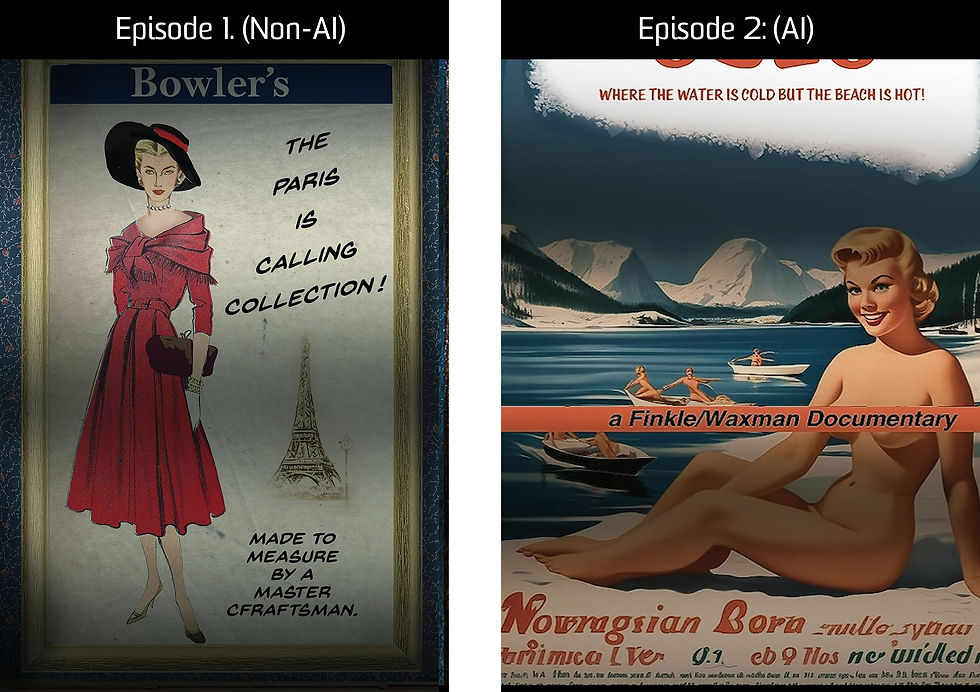
Hello all, I am interested in sharing my experiences of using AI in Episode 2. of my series the Traversers book of Riddles.
Up until now, I never used AI and did not know how it could be employed in making a film. Episode 1 was shot around July to October of last year and no AI was used. To be honest, some of the things I heard about AI churned my stomach. I was talking to a writer who said he uses it to write scripts. I could not understand this and never will. Not that I doubt a somewhat passable script or plot could be generated, but why would you do this? Writing to me is a passion, it is something I love doing. To have AI write a script would be like buying a computer game and then have the computer play it instead of you. So I have ruled a firm no to having AI write something.
However, there is more to making a film than writing it. There is what we call second unit. In Episode 2., there is a film within a film. An X rated nudist “documentary” set on a 1950’s Norwegian beach. For me to shoot this I would have to gather a cast of willing nudists, work out a schedule, clothe them (cancel that last request) have somebody style them so they look like they are from the 1950s, feed them and the list goes on and on.
Enter AI.
In a matter of seconds, I have video that is usable and all that is required is a search string and I have footage that is purpose built generated, very realistic and is unique, meaning the same clip will never be used again. This to me is as big a deal as the invention of the program Adobe Photoshop.
But that is all it is.
The footage it generates is only around 4 seconds and at this stage is quiet random. Sometimes you get footage that way exceeds your expectations or whatever you were imagining and other times you get something that looks like one of those accidents in that Jeff Goldbloom Fly movie. The reason why I compare it to Photoshop was that this tool allowed us to manipulate images in such amazing ways. 90 percent of what you see in my films, in the background at least is via Adobe Photoshop. No secret. A good thing to realise is that Photoshop, as far as I can remember has been around since the early 1990s and did not replace the photographer. Just as AI will not replace writers or filmmakers, because we value their autership.
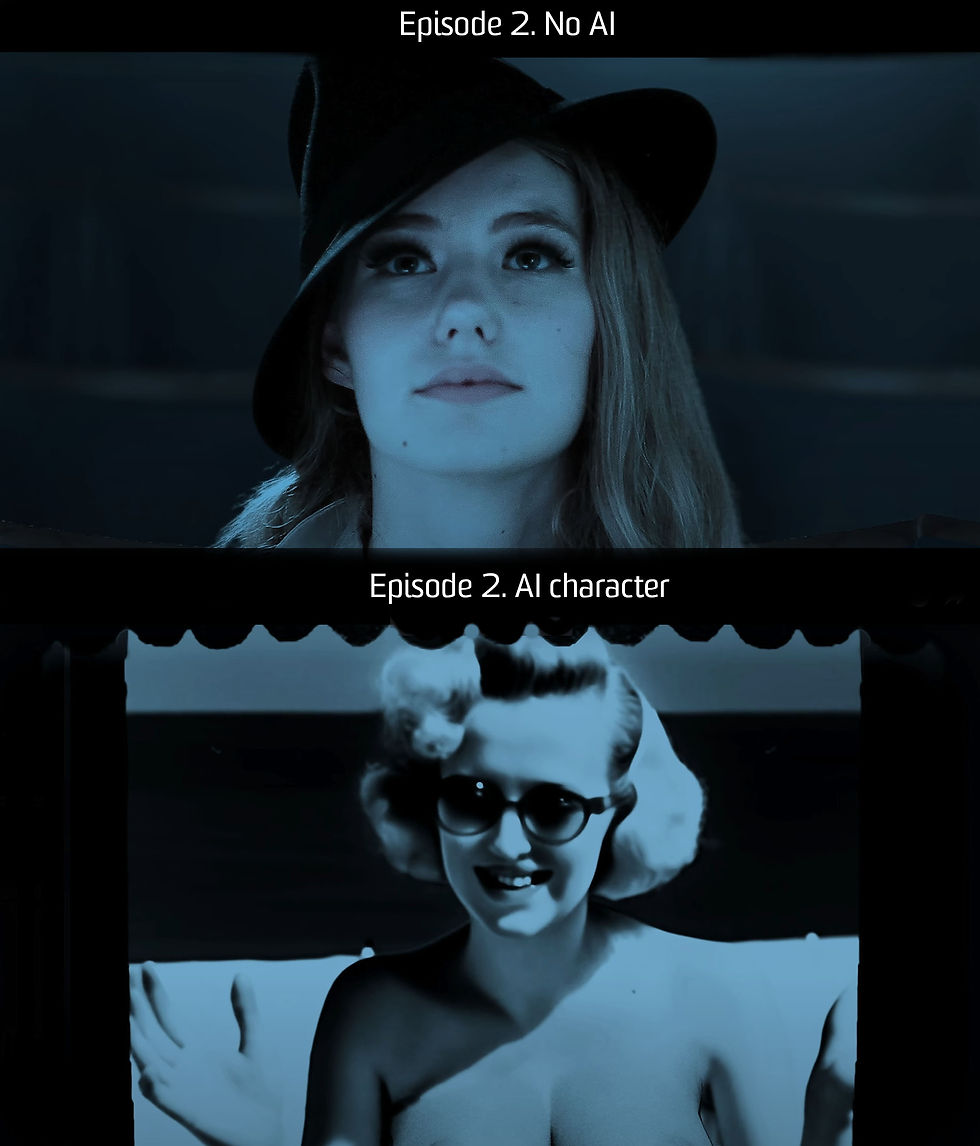
As I said, Episode 1. did not use any AI. I wanted a look filled with that wonderful design and imagery from that era, so I had to create my own images on Photoshop. To create a poster like the one above took around 40 minutes. I could not just use images from the net as they are copyrighted and bots scan images to detect that and I having been myself a victim of copyright crime (You can ask me about that at a later time) value the work of creators. Therefore, my art skills are required to create new faces, new hairdos, new dresses. That girl in that image is my complete creation.
Whereas, the image you see in Episode 2 was created in 15 seconds. You get my point.
What about backgrounds? In 2017 I made the Top Secret Adventures of Clara Chapman. That background has buses travelling down the streets, buildings in the background and people walking by. That takes hours, possibly days.
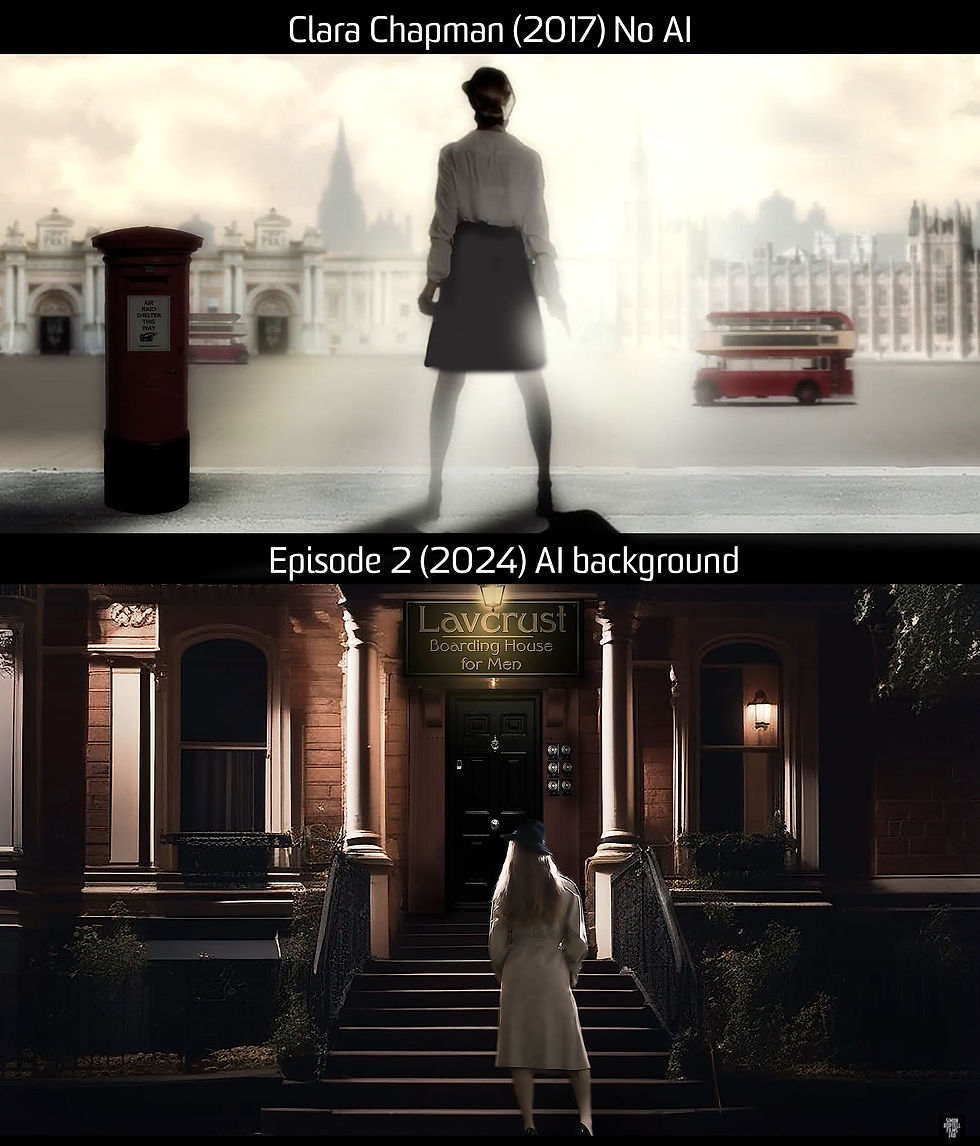
That background you see in Episode 2., again, took mere seconds. Sure, I did not get the right build until about 10 to 12 goes, but I could do this simply by refining my search. (I added the signage).
So, in retrospect. I think AI has become the low budget independent filmmakers friend. It is not something that will ever replace me but instead be an asset to my studio.
I do think it is important to have limits, though. I look at my use of AI in my films as I would water in the living room of a house. I keep it in a vase, but I would not let it flood the floor. I hope that makes some sense.
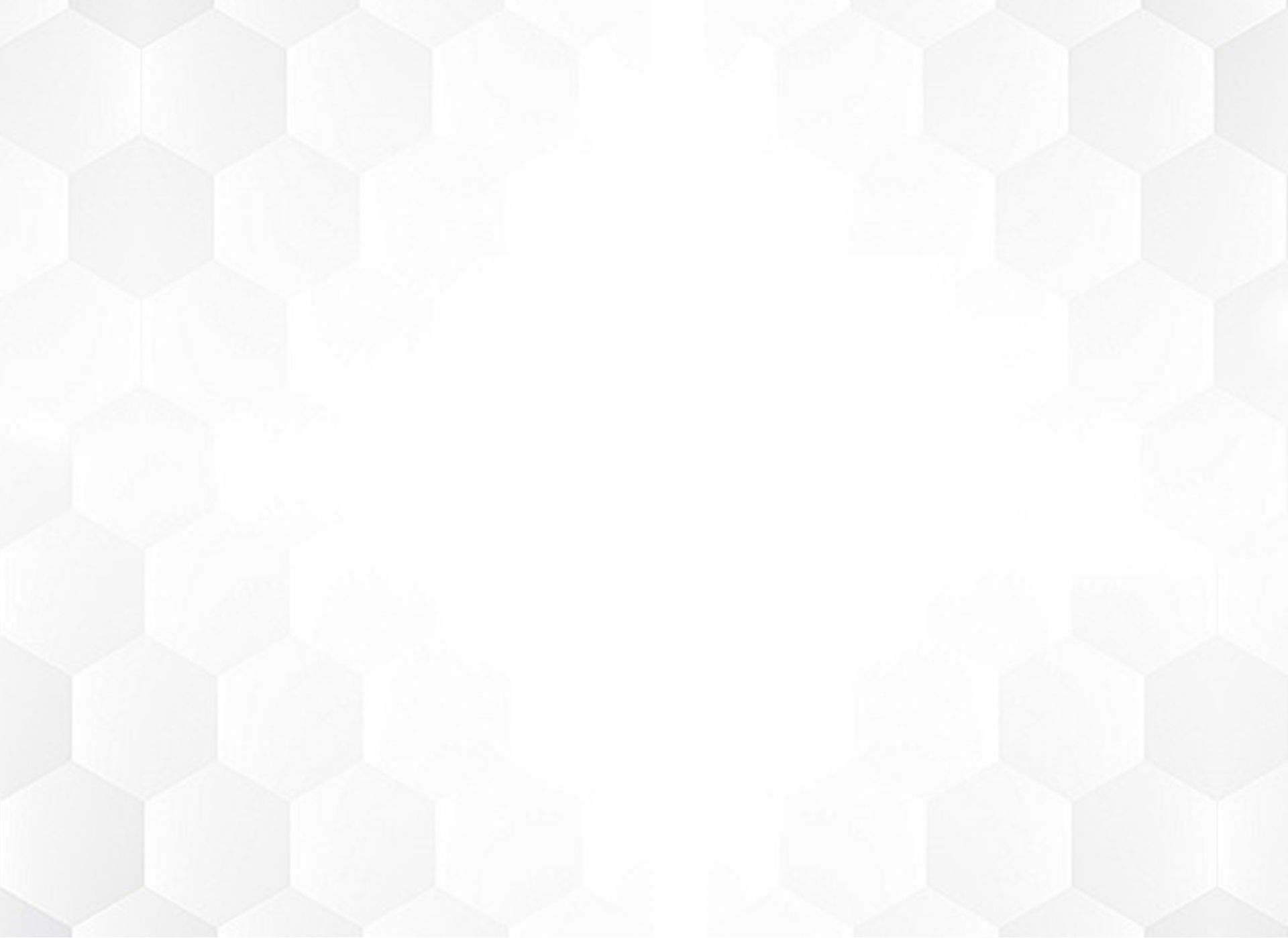
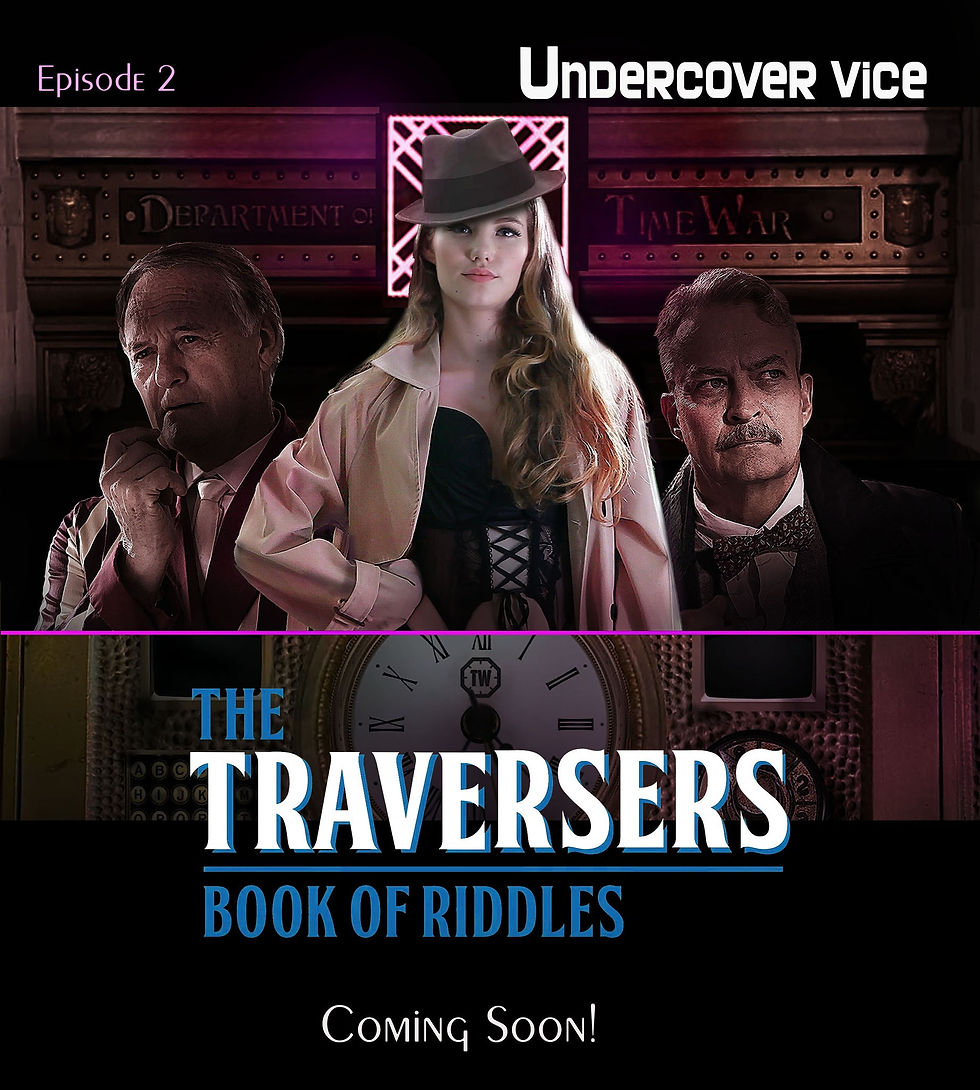
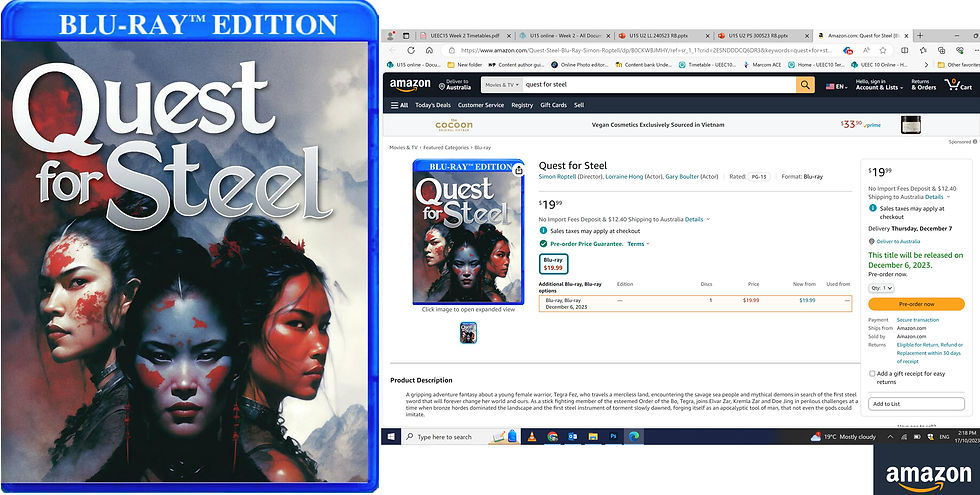
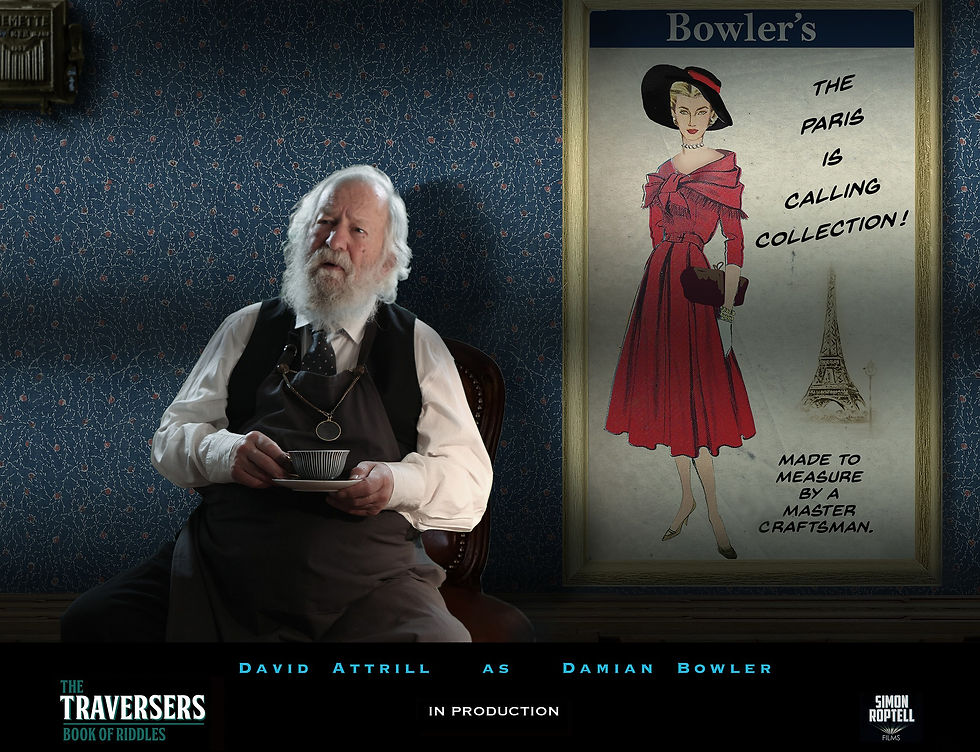
Comments